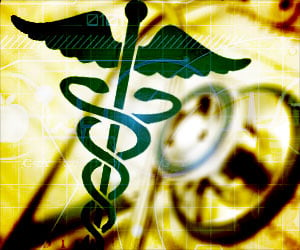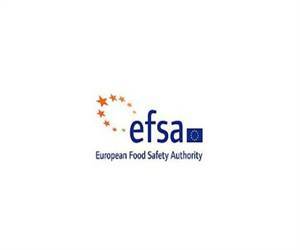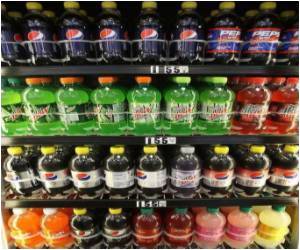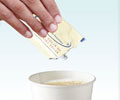
"Sucralose is a chlorinated sugar. Some of my work focuses on bioremediation of chlorinated organics," said Krajmalnik-Brown in an ASU press release.
"I know that many are toxic and they are more difficult to biodegrade than the non-chlorinated counterparts. Because of this, I became interested in sucralose and its fate in the environment," added Krajmalnik-Brown.
Samples of wastewater were taken from seven wastewater-processing plants in Arizona. For at least 48 days, the water was run through both anaerobic and aerobic biological batch reactors, systems designed to use natural processes to break down wastes. None of the samples showed a significant decrease in the amount of sucralose present.
Another set of experiments looked at the effects of chlorine, ozone, and ultraviolet light on the sucralose. Those three methods are used in the final stages of wastewater treatment, but none proved effective at breaking down sucralose.
The resilience of sucralose may be a good thing in some ways. The researchers note that its resistance to degradation keeps it from breaking down into highly toxic chlorinated compounds.
Advertisement
The study has been published in Environmental Engineering Science.
Advertisement












